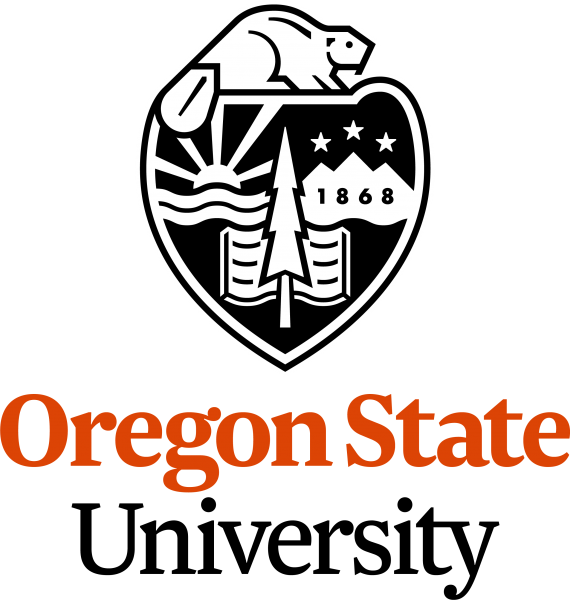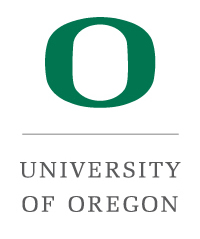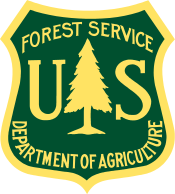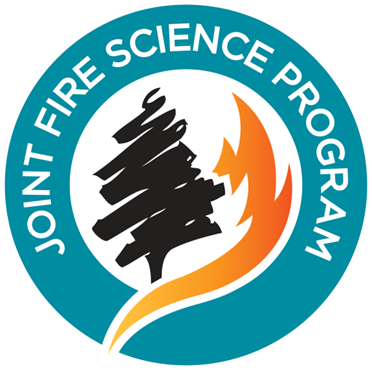An accuracy assessment of the MTBS burned area product for shrub-steppe fires in the northern Great Basin, United States
| Title | An accuracy assessment of the MTBS burned area product for shrub-steppe fires in the northern Great Basin, United States |
| Publication Type | Journal Article |
| Year of Publication | 2014 |
| Authors | Sparks, AM |
| Secondary Authors | Boschetti, L |
| Tertiary Authors | Smith, AMS |
| Subsidiary Authors | Tinkham, WT, Lannom, KO, Newingham, BA |
| Journal | International Journal of Wildland Fire |
| Volume | 24 |
| Start Page | 70 |
| Date Published | 11/2014 |
| Keywords | technical reports and journal articles |
| Abstract | Although fire is a common disturbance in shrub–steppe, few studies have specifically tested burned area mapping accuracy in these semiarid to arid environments. We conducted a preliminary assessment of the accuracy of the Monitoring Trends in Burn Severity (MTBS) burned area product on four shrub–steppe fires that exhibited varying degrees of within-fire patch heterogeneity. Independent burned area perimeters were derived through visual interpretation and were used to cross-compare the MTBS burned area perimeters with classifications produced using set thresholds on the Relativised differenced Normalised Burn Index (RdNBR), Mid-infrared Burn Index (MIRBI) and Char Soil Index (CSI). Overall, CSI provided the most consistent accuracies (96.3–98.6%), with only small commission errors (1.5–4.4%). MIRBI also had relatively high accuracies (92.2–97.9%) and small commission errors (2.1–10.8%). The MTBS burned area product had higher commission errors (4.3–15.5%), primarily due to inclusion of unburned islands and fingers within the fire perimeter. The RdNBR burned area maps exhibited lower accuracies (92.9–96.0%). However, the different indices when constrained by the MTBS perimeter provided variable results, with CSI providing the highest and least variable accuracies (97.4–99.1%). Studies seeking to use MTBS perimeters to analyse trends in burned area should apply spectral indices to constrain the final burned area maps. The present paper replaces a former paper of the same title (http://dx.doi.org/10.1071/WF13206), which was withdrawn owing to errors discovered in data analysis after the paper was accepted for publication. |
| URL | http://dx.doi.org/10.1071/WF14131 |




